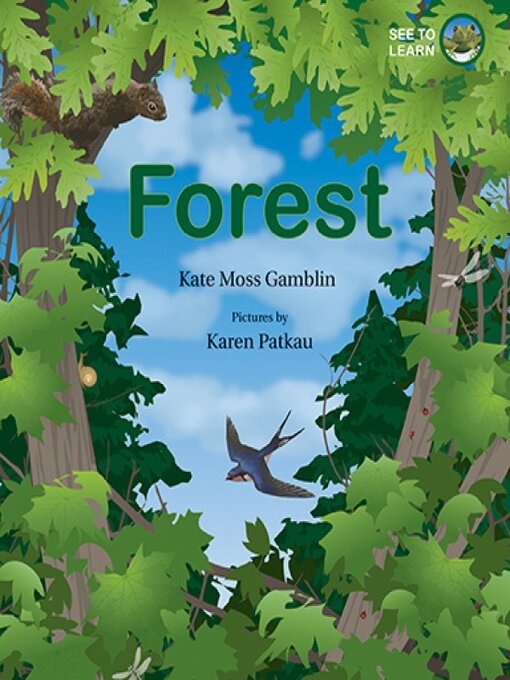Forest: A See to Learn Book is the first book in a series of non-fiction picture books for very young children, using lyrical phrasing to encourage a sensitive perception of the natural world and a caring connection with it.
Through gentle questions, the text asks young readers to consider what they see and experience in the forest through the seasons — animal tracks, tiny creatures in the soil, birds soaring in the sky above, towering trees, shade and dappled sunlight — drawing local connections alongside those of a global sensibility.
Stunningly beautiful illustrations show a child and grownup exploring the forest, appreciating its beauty, learning its secrets and enjoying moments of wonder, all first steps toward developing a lifelong awareness of our interconnectedness to the Earth and our impact on the environment.
Key Text Features
author's note
Correlates to the Common Core State Standards in English Language Arts:
CCSS.ELA-LITERACY.RL.K.1
With prompting and support, ask and answer questions about key details in a text.
CCSS.ELA-LITERACY.RL.1.4
Identify words and phrases in stories or poems that suggest feelings or appeal to the senses.
CCSS.ELA-LITERACY.RL.1.5
Explain major differences between books that tell stories and books that give information, drawing on a wide reading of a range of text types.



